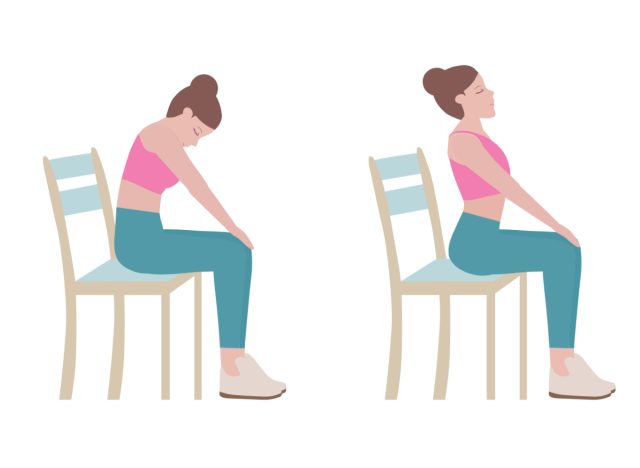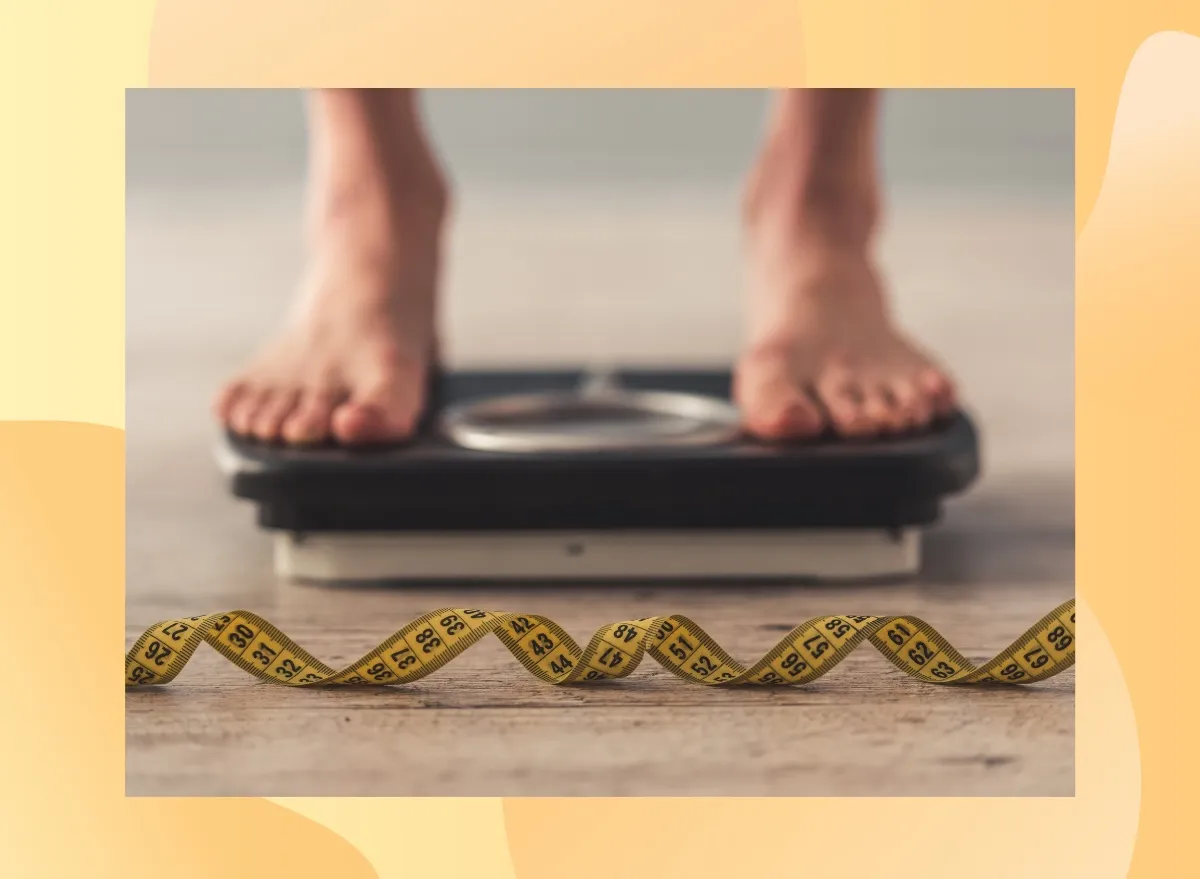
Doctors at hospitals in New York City and Philadelphia said they have “never seen so many” young people obstructions in large vessels, the deadliest form of stroke. Research in 15 medical centres over three weeks found 40 percent of LVO admissions were in Covid-19 patients under 50.
The average age for the severe stroke is 74.
A separate, not yet peer-reviewed study, observed 214 Covid-19 patients admitted to three hospitals in Wuhan, China.
It found 36 percent of the patients had neurological complications like impaired consciousness or blood clots in the brain.
Clots that form in the lower body can travel to the lungs, causing a deadly blockage called a pulmonary embolism – a common deadly symptom of coronavirus patients.
Blood clots near the heart can cause a heart attack and blockages above the chest can cause strokes.
While experts have not confirmed the virus causes blood clots, some say it could be caused due to an immune overreaction called a “cytokine storm”.
Cytokines are chemical-signaling molecules which lead a healthy immune reaction. They tell immune cells to fight viral molecules in the system.
READ RELATED: McDonald’s Is Attempting to Revamp Breakfast With a Low-Cost Value Menu
In some cases, this process goes into overdrive and immune cells begin damaging healthy tissues, and that is known as a cytokine storm.
This can cause deteriorated blood vessels to leak and cause blood pressure to drop, increasing the probability of clots forming, according to Dr Jamie Garfield from Temple University Hospital in Philadelphia.
Dr Garfield, a pulmonologist who treats coronavirus patients, told Science Magazine this was “probably” the real reason behind many coronavirus deaths.
READ MORE: Coronavirus symptoms: New warning amongst children
Dr Robert Bonow, a professor of cardiology at Northwestern University, said it may be the coronavirus’ unique shape that is responsible the blood clotting.
He told MailOnline: “With COVID specifically, what you see that you don’t with the flu, is because under a microscope, coronavirus has all these spikes coming out of it, and those spikes are little proteins that are looking for receptors on the cells that they attach onto.
“It’s specifically looking for receptors in the lungs, but those same receptors sit on blood vessels, so it can attach on the lungs but also on blood vessels.”
Once they attach themselves to the blood vessel cells, the viral molecules can cause damage to these as well as to heart tissue, Dr Bonow says.
Source: Daily Express










